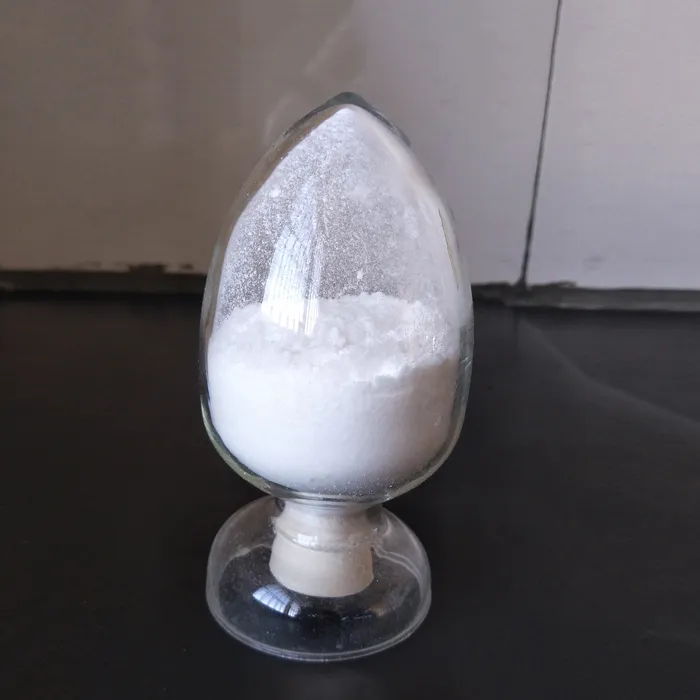The Use of Sevoflurane in Anesthesia
Sevoflurane is a widely used inhalational anesthetic agent that has become a staple in modern anesthesia practice due to its favorable pharmacological properties. First introduced in the mid-1990s, sevoflurane has been utilized in various surgical settings, particularly for outpatient procedures due to its rapid onset and quick recovery profile. This article aims to discuss the applications of sevoflurane, its benefits and drawbacks, its mechanism of action, and safety considerations associated with its use.
One of the primary reasons sevoflurane has gained popularity is its rapid onset of action. Compared to older anesthetic agents, sevoflurane allows for swift induction and emergence from anesthesia. This attribute is particularly beneficial in outpatient surgery, where minimizing recovery time is crucial for patient satisfaction and efficiency in healthcare settings. Patients often experience less postoperative nausea and vomiting when sevoflurane is used, an advantage for both patients and healthcare providers.
The Use of Sevoflurane in Anesthesia
In pediatrics, where inhalational induction is often preferred, sevoflurane has been embraced for its pleasant odor and low airway irritability. Children are generally more compliant with inhaled agents than intravenous alternatives, and sevoflurane's sweet smell encourages inhalation, making it easier to achieve sedation without distress.
sevoflurane use

Despite its many benefits, sevoflurane is not without limitations. One of the significant concerns is its potential for nephrotoxicity. When sevoflurane is degraded by carbon dioxide absorbents used in anesthesia machines, fluorine-containing compounds may be produced, leading to concerns about renal impairment. However, research suggests that under clinical conditions, the risk of significant renal injury is relatively low when sevoflurane is used appropriately.
Another important consideration is the potential for environmental impact due to the release of volatile anesthetics into the atmosphere. Sevoflurane, like other halogenated anesthetics, contributes to global warming, which has prompted discussions within the medical community about the need for more sustainable practices in anesthesia. Efforts to minimize waste and optimize the use of inhalational agents are critical parts of ongoing discussions in healthcare sustainability.
The mechanism of action of sevoflurane involves its effect on the central nervous system (CNS). It is thought to enhance the inhibitory neurotransmitter gamma-aminobutyric acid (GABA) and inhibit excitatory neurotransmitters such as glutamate. This results in a state of anesthesia, where the brain is effectively disconnected from sensory input, allowing for painless surgical procedures.
In conclusion, sevoflurane is a vital component of modern anesthesia, offering rapid onset and recovery, minimal hemodynamic effects, and a favorable profile for pediatric patients. While careful consideration must be given to its potential nephrotoxicity and environmental impact, the advantages of sevoflurane make it a popular choice among anesthesiologists. Continuous advancements in anesthesia technology and practices can mitigate some concerns associated with its use while maintaining its benefits, ensuring that sevoflurane will remain a key player in anesthesia for years to come.

